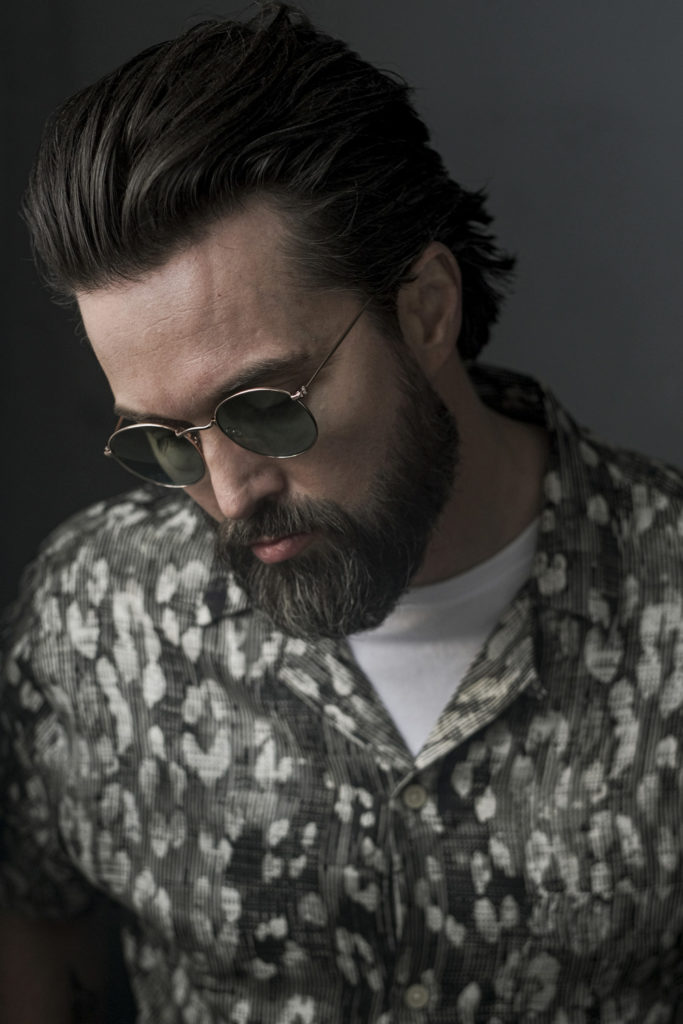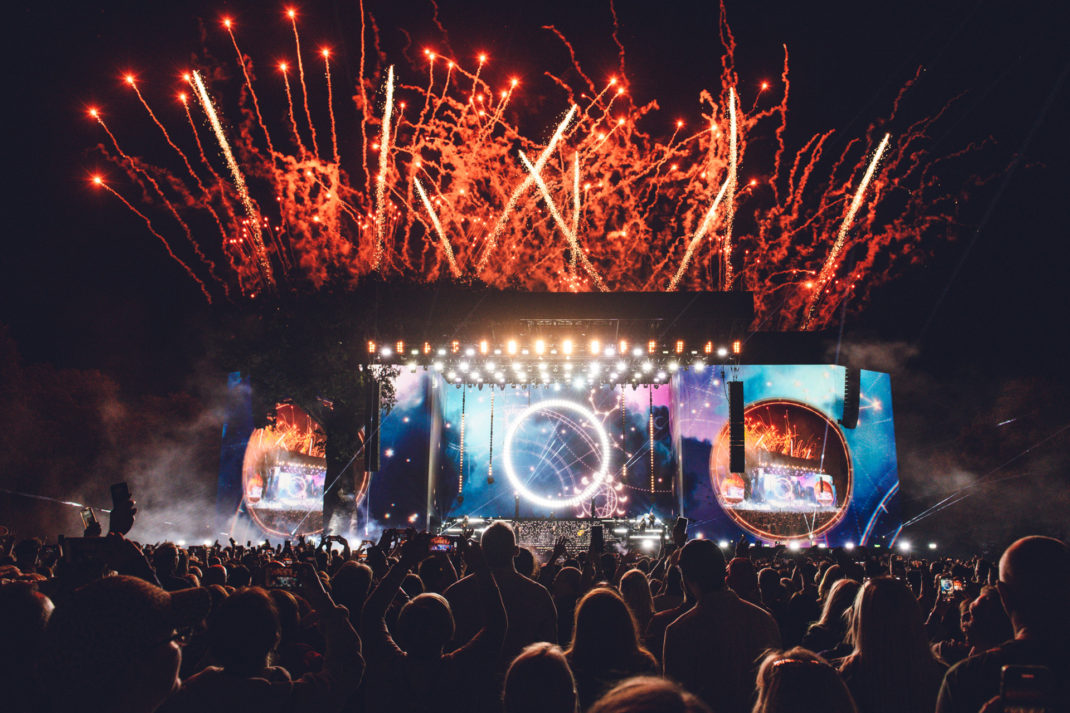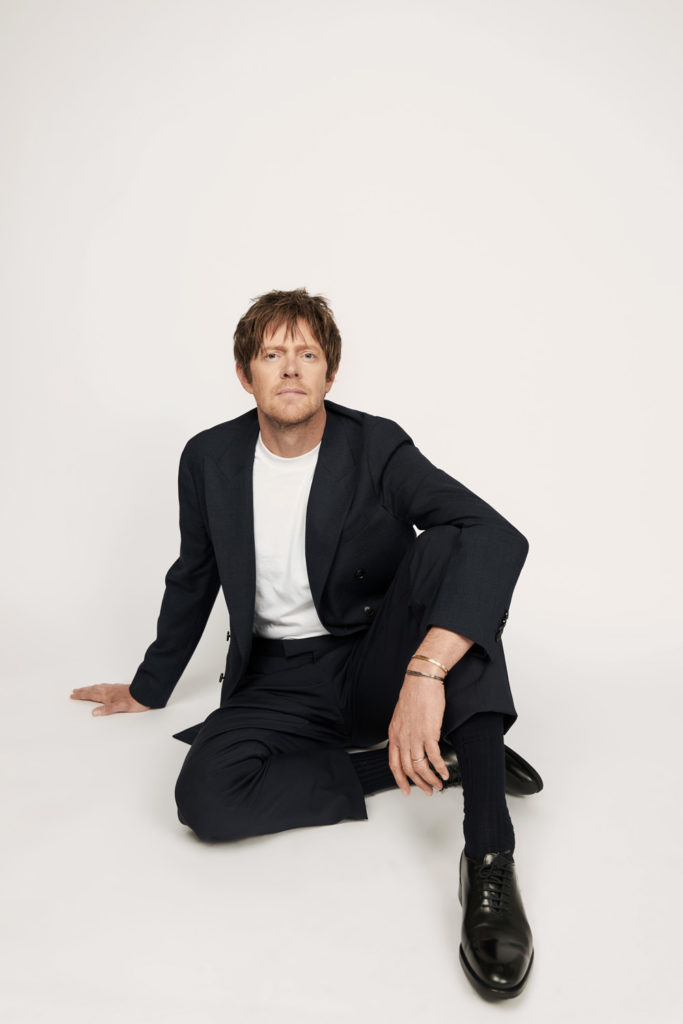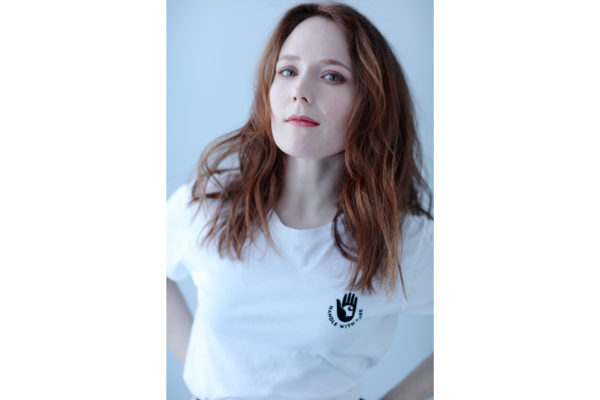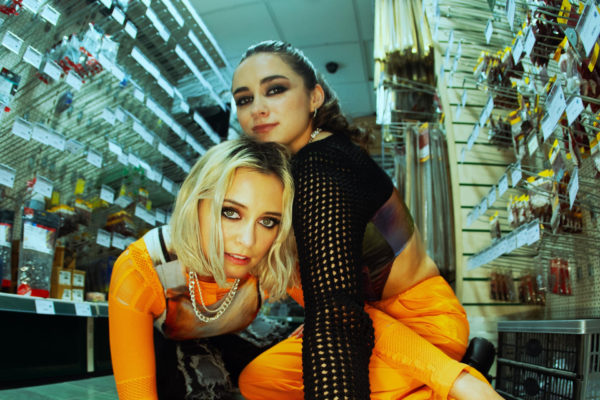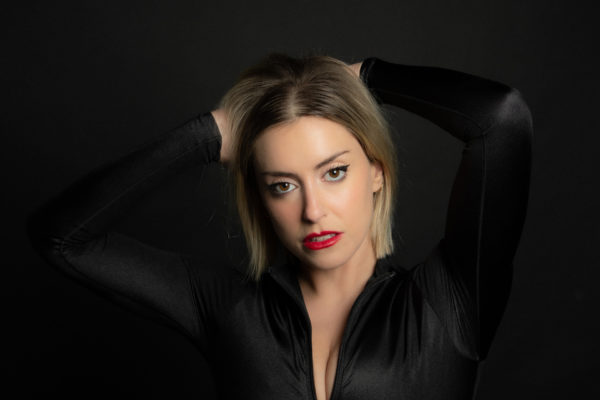Gaylene Gould: ‘Art Has One Job: To Make Us Feel’ – Interview
By
2 years ago
We chat to the founder of The Space To Come
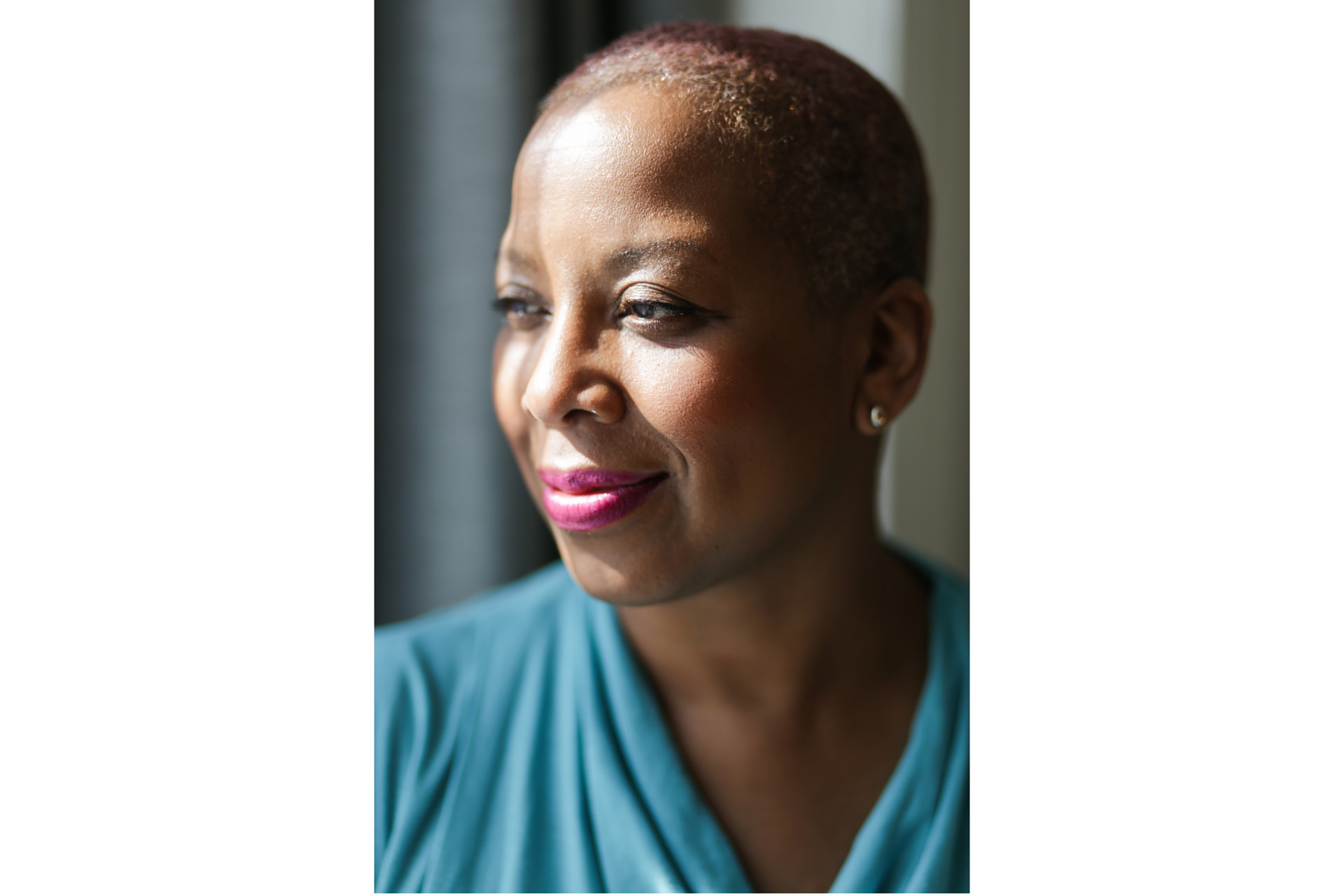
Gaylene Gould is an artist working across mediums, as well as a broadcaster (hosting the Serpentine podcast, for example) and founder of project The Space to Come, which creates interactive experiences to help individuals find a deeper relationship with themselves and others and explores ways we can build a new compassionate world. We caught up with Gaylene following her recent panel at the Association of Women in the Arts (AWITA)’s inaugural conference, Build Your Own Artworld.
Interview With Artist Gaylene Gould

© Nina Photography
Hi Gaylene, how’s life going at the moment?
Pretty full on in beautiful ways. Today I’m doing last minute prep for a community event tomorrow that will reveal two gorgeous memorial artworks designed by two exciting artists in honour of Mary Woollaston, a 17th Century Black woman well-keeper. It’s an exciting moment for the many of us who have nurtured this project over the past year. We’ll be revealing the final design to the wider world in the autumn.
Can you please give us a quick introduction to and summary of The Space to Come?
I set up The Space to Come during lockdown and after leaving my last ‘Big Job’ as Head of Programme at the BFI Southbank. The name was a statement of intent – a reminder that, from now on, I will focus on contributing to creating a new world that is more connected, compassionate and aware than the old one. I have since used the company as a lab for developing projects that invite people into spaces that help them to practise greater connection with themselves as well as others. It’s also a vehicle that supports my own practice as a socially-engaged artist and curator.
What are some projects you’ve worked on with The Space to Come in the past?
We’ve encouraged people to lie, move, talk, doze and meditate in galleries and cinemas through our How Do You Feel project – which uses art as a mindful focus for learning more about ourselves. People have shared truths and dreams over our Well Fed dinners. We’ve created a ‘restorative care’ playground and programme for cultural leaders of colour, which I’ve supported with some academic research with the University of Reading. We created a Telling Place, based on Celtic traditions of connection, for Durham University – and an audio-visual work that encourages people to listen more deeply to themselves.
What has the response been like?
Moving, always moving. I think people come to the experiences I design because they need them – they are seeking ways of deeper connection in surprising, playful ways. There is often a threshold to be crossed in these experiences. To participate demands a greater openness and vulnerability – that being the place where we truly connect to ourselves and others. And I’m always moved when I witness people daring to share parts of themselves like this.
And what are you working on now/next with The Space to Come?
Our main project is The Black Mary Project. Not many know that London used to be awash with healing water wells, thanks to the heavily mineralised London Clay and secret rivers that lie beneath our feet. By some miracle, in the 17th Century, one was said to be run by a Black woman called Mary Woollaston – a woman working independently at the very start of the Transatlantic trade boom. Mary has been haunting me for many years and now, thanks to the Mayor of London Commission for Diversity in the Public Realm, we have the chance to honour her memory.
We are working with the diverse community at Calthorpe Community Gardens and many women and non-binary artists-of-colour to create a healing garden centreing a new contemporary permanent artwork. Chelsea award-winning gardener Juliet Sargeant, the first Black woman to win RHS Chelsea, is designing the garden, and the conceptual artist Evan Ifekoya and stone mason Marcia Bennett-Male are shortlisted for the memorial.
We’ll also be co-designing with the community a launch Festival, based on the Pleasure Gardens that grew up around the wells, and a community healing programme. Finally, I will be creating a tourable installation comprising healing symbols that will act as a contemplation space. It’s a soul-filling project that is set to launch next Summer 2024.
View this post on Instagram
What does art mean to you?
Art has one job: to make us feel. And, in fact, it’s the only career that has that brief.
What is the importance of the Association of Women in the Arts (AWITA)?
The art world, especially the commercial art world, is clouded in mystery to those on the outside. It’s also, on the whole, guided by very rich men. AWITA offers women a network to be able to navigate a world that has not necessarily been created in their image.
Does the inaugural AWITA conference theme, ‘Build Your Own Artworld’, resonate with you?
It does. My desire now is to create a world that I can exist whole – that means dismantling parts of the world that currently exists and rebuilding other parts afresh. It’s slow, diligent work, but I’ve never felt as whole as I have now.
You led a workshop called ‘Listening to Yourself, a Restorative Care Practice’: what did that entail, and how would you describe the session?
I developed the Listening to Yourself exercise to keep myself sane and cared for while living alone during the first lockdown. I realised that I would have to take better guidance of my anxious inner self-talk if I was going to get through it. I am a trained coach and seasoned interviewer, and so know how to guide others through a generative conversation. How could I do that for myself and for others who might need it?
I asked my musician friend ANNN and my cousin, photographer Nina Photography, for help. We created a 22 minute soundtrack and a series of guided questions that would encourage you to have an exploratory conversation with yourself either out loud or as a written exercise in order to grow a self-compassionate voice. Nina took some fun photographs of my friends and I having conversations with ourselves to accompany. All live for free on the website. The workshop gave participants time to try the exercise.
View this post on Instagram
What was the response like?
Powerful. This simple exercise can shift people in deep ways – especially women who have been taught that, to be a ‘good girl’, you have to suppress your own needs and prioritise other people’s. That can lead to a lot of self-punishment as opposed to self-compassion. Allowing people to offer themselves kind, encouraging words can be transformative and it seemed this was the effect for many participants.
What has been a standout project or opportunity in your career so far?
I am lucky to be engaged on a standout project right now. I’m hosting Serpentine’s podcast and it’s a remarkable journey, exploring major life transforming themes with fascinating artists and thinkers. Reworlding, the first series, had us circumnavigating the possibility of new worlds through imagination, memory, play, relationships. Brilliant ideas and practices were shared by artists like Tai Shani, Irenonsen Okojie, Rory Pilgrim and thinkers like Richard Sennett. I felt completely revived and rejuvenated by the whole experience. And the production and sound design by Reduced Listening’s Katie Callin is sumptuous.
We are currently recording the next series, which will drop in September, and it’s going to take us to equally profound places – this time inside ourselves.
What’s something you’ve never done that you dream of doing?
Living on top of a mountain in perpetual contemplation
If you could give advice to your 15-year-old self, what would it be?
You’re going to have the best time simply being you.
How can we all live a little bit better?
Forgive ourselves.
Quick Fire
My favourite artwork… Middle Passage by Frank Bowling
Favourite gallery/museum… Foundling Museum
Favourite film… Gentlemen Prefer Blondes
Favourite album… Blow Out Comb by Digable Planets
Cultural guilty pleasure… Glow Up (although I feel no guilt)
What’s next for me is… A summer of down time.
Learn more about The Space To Come at thespacetocome.com

